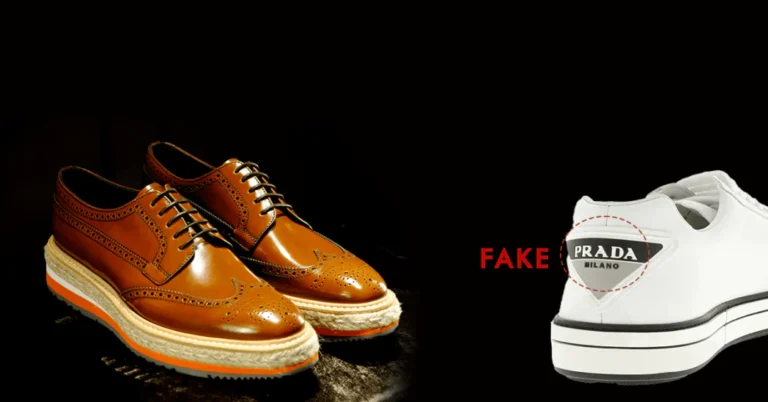
men shawls
Men’s shawls are more than just pieces of fabric—they are statements of elegance, cultural pride, and functional utility. Worn across the shoulders or wrapped around the body, shawls are used by men for warmth, style, and ceremonial importance. From luxury fashion houses to traditional artisans, men’s shawls have found their place in wardrobes across the globe. Whether part of ethnic wear or contemporary street fashion, a well-chosen shawl enhances personality and sophistication.
Historical Background of Men’s Shawls
The tradition of men wearing shawls goes back thousands of years. In South Asia, especially in regions like Kashmir, Punjab, and Afghanistan, shawls were historically made from pashmina wool and worn by nobility and royalty. The famous Kashmiri shawls were once so valuable they were considered heirlooms.
In Middle Eastern, African, and Central Asian cultures, shawls also serve religious, tribal, or ceremonial purposes. In Europe, especially during the 18th and 19th centuries, men’s shawls became part of aristocratic fashion, often worn during winter or at formal events. Today, shawls have evolved from heritage garments into fashionable outerwear.
Different Types of Men’s Shawls
Men’s shawls come in a wide range of styles, materials, and purposes, making them suitable for both traditional and modern looks.
- Pashmina Shawls: Made from the fine undercoat of Himalayan goats, pashmina is soft, warm, and luxurious.
- Wool Shawls: Ideal for winter, wool shawls are thick and insulating, often found in solid colors or basic patterns.
- Silk Shawls: Lightweight with a natural shine, silk shawls add elegance to formal outfits.
- Cashmere Shawls: Ultra-soft and high-end, perfect for upscale events and gifting.
- Cotton Shawls: Breathable and lightweight, great for layering in mild weather.
- Jamawar or Embroidered Shawls: Traditional Indian and Pakistani shawls often hand-woven with intricate motifs, ideal for weddings or cultural functions.
Each type reflects a blend of functionality and cultural artistry, giving men a variety of options based on occasion and climate.
Styling Men’s Shawls in Traditional Wear
In many cultures, shawls are worn as part of traditional dress. In India and Pakistan, men drape shawls over kurta-pajamas, sherwanis, or waistcoats, especially during weddings, festivals, or religious events.
- Sherwani Shawls: These are often richly embroidered and worn on one shoulder during weddings and formal events.
- Punjabi Shawls: Worn over kurta or Achkan, usually in wool or pashmina with subtle borders.
- Afghan Shawls (Patu or Lohi): Heavy, thick wool shawls, often striped or checkered, wrapped for warmth and pride.
- Middle Eastern Shawls (Keffiyeh): Typically square cotton or wool cloths worn with traditional robes, symbolizing heritage and identity.
Shawls in traditional wear are often color-coordinated, and draped with elegance, symbolizing honor and respect.
Styling Men’s Shawls in Modern Fashion
Men’s shawls have made their way into contemporary menswear, especially in fall/winter fashion. Designers and stylists are now blending shawls with modern outfits like:
- Blazers or suits: A plain or textured wool shawl worn over a blazer creates a rich, layered look.
- Casual streetwear: Paired with jeans, turtlenecks, or long coats, shawls give a bold and creative appearance.
- Layering with cardigans: Wrapping a shawl around the neck like a scarf or hanging it loose adds visual interest and sophistication.
Modern fashion also embraces drape experimentation—over one shoulder, around the neck, or even belted—giving a personalized edge to the outfit.
Shawls for Different Seasons
One of the greatest strengths of shawls is their adaptability across seasons:
- Winter: Opt for heavy wool, pashmina, or cashmere shawls to provide warmth and comfort.
- Fall: Use mid-weight materials like cotton blends or silk-wool mix for transitional weather.
- Spring/Summer: Lightweight linen or cotton shawls in soft pastel tones work well for layering without overheating.
Choosing the right fabric ensures that your shawl is not only stylish but also season-appropriate and comfortable.
Cultural and Religious Significance of Men’s Shawls
Shawls are deeply connected to religion, rituals, and identity:
- In Sikhism, shawls are worn during prayer and religious gatherings.
- Islamic cultures use shawls like the Keffiyeh or Ghutra as part of daily or ceremonial dress.
- Hindu priests wear shawls during pujas and rituals to symbolize purity.
- In Buddhism, monks often wear robe-like shawls as part of their spiritual practice.
These shawls are not just functional—they hold sacred value, often carrying specific colors, patterns, or inscriptions relevant to the faith.
How to Choose the Right Men’s Shawl
Choosing a shawl involves a few important factors:
- Purpose: Is it for fashion, tradition, religion, or warmth?
- Fabric: For luxurious events, go for silk or pashmina. For daily wear, cotton or wool is more practical.
- Color: Neutral tones like black, gray, and beige are versatile; bold colors or embroidered styles suit festivals and weddings.
- Size: A full-size shawl offers draping flexibility, while smaller ones are easier for casual styling.
- Budget: Pashmina and cashmere are on the higher end, while wool or cotton are more budget-friendly and durable.
You can also look for handwoven or artisan-made shawls to support traditional craftsmanship.
Shawls as Gifts and Luxury Items
Men’s shawls make excellent gifts, especially for:
- Weddings
- Religious ceremonies
- Festivals like Eid, Diwali, or Christmas
- Corporate gifting
Luxury shawls from brands like Etro, Burberry, or Sabyasachi are often made from fine fabrics and hand-finished, making them status symbols as well.
Many shawls are also gift boxed and embroidered with initials or monograms, adding a personal touch to your gesture.
Care and Maintenance of Shawls
Proper care extends the life and quality of your shawl:
- Dry-clean pashmina, silk, or embroidered shawls only
- Fold and store in cotton bags to protect from dust and moths
- Avoid hanging for long periods—it stretches delicate fabrics
- Air occasionally to prevent odors
- Iron lightly using low heat, or steam to remove wrinkles safely
Maintaining your shawl properly helps it retain its texture, color, and shape for years.
The Timeless Appeal of Men’s Shawls
Despite changing trends, men’s shawls remain timeless. They blend the past with the present, offering both cultural richness and modern sophistication. Celebrities, political leaders, and influencers have all embraced the shawl—whether it’s a Bollywood groom in an embroidered pashmina or a Paris runway model in a wool-cashmere wrap.
From functional winter layers to ceremonial grandeur, the men’s shawl is a symbol of power, identity, and refined style.
Conclusion
Men’s shawls are no longer just traditional garments—they are versatile fashion accessories, heirlooms, and symbols of cultural pride. Whether you’re dressing for warmth, worship, or high fashion, a quality shawl adds unmatched elegance and meaning to your look. With a variety of fabrics, styles, and cultural influences, shawls continue to be a dynamic and dignified choice for men of all ages. Choose wisely, style boldly, and let your shawl tell your story.






